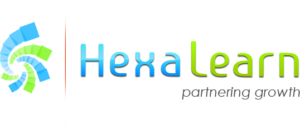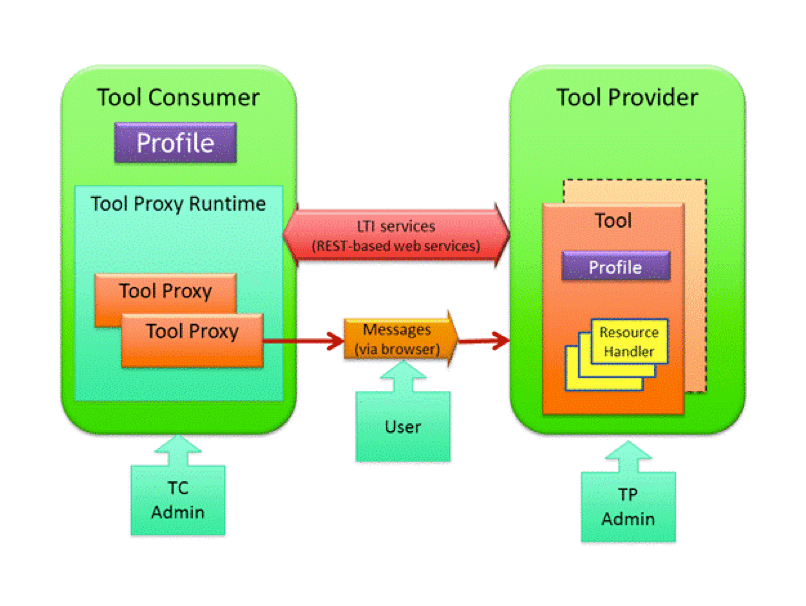Learning Technology Interoperability
At the core of eLearning delivery, there lies a Learning Management System (LMS) that not only hosts the learning content but also creates an environment of learning that incorporates the content, the learner, the service provider, and the entire learning experience.
The Limitation Of The LMS
LMSs are basically content and user management systems that bind together the content, the users, the administrators, and the content providers. There are defined standards that make the content recognizable by the system and usable by the learners and administrators. The most common standard followed for an LMS is the shareable content object reference model (SCORM).
An LMS that recognizes SCORM can host and manage any SCORM-based content. However, there are many learning apps, tools, contents, and activities which are not SCORM-based. A traditional LMS based on SCORM is not capable of utilizing such content. Here comes the concept of learning tools interoperability (LTI) standard.
What Is LTI?
The IMS Global Learning Consortium [1] developed the learning tools interoperability standard. It enables courseware and different learning tools to be launched within an LMS. The biggest advantage of LTI integration is that it allows the learner to seamlessly move from one tool to the other. The most recent version of LTI is 1.3 released in 2019.
Let’s understand the function of LTI in a non-technical way. Consider that an organization having an LMS is hosting a screening assessment for its employees for promotion to a management role. The assessment tests the user’s technical knowledge. However, the HR department also wants to conduct a psychometric test to check if the candidates have the right attitude for becoming a manager. HR shortlists an effective psychometric assessment tool from a vendor. However, the tool is not SCORM-based and so it cannot be integrated into the LMS.
This is where the concept of learning tools Interoperability standards comes into play. Imagine how convenient it would be for HR if the psychometric assessment tool could be integrated as a plug-and-play tool into the organization’s LMS. In absence of LTI, the psychometric test has to be redeveloped as per the SCORM standard and hosted within the organization’s LMS. With LTI, the tool can simply be linked to the LMS, and users’ results are passed on to the LMS without needing to host the actual content.
In a nutshell, the LTI standard enables the seamless exchange of information between an LMS and any other learning app. It enables users to easily access one learning tool from another tool, avoiding the need to log in to individual tools.
Advantages Of LTI
There are many advantages of LTI. Some of these include:
- Reliable
LTI provides a reliable, robust conduit for content and data exchange. It enables targeted and deeper linking of learning objects from anywhere in the learning environment. It is very flexible and secure. - Better ecosystem
LTI improves the digital learning ecosystem. LTI eases the process of integrating external content, apps, and tools into a course. It plays a key role to encompass new functionality in an LMS. Some of these include content creation and review, grammar checkers, digital plagiarism checkers, and so on. - Reduced cost
LTI allows tools to reuse content and technology across multiple platforms. It thus decreases the cost and time required to integrate diverse digital resources into an organization’s learning ecosystem. - Secure data exchange
LTI helps keep user data secure by enabling direct data transfer and data interactions between platforms. - Saves time
LTI reduces the time needed to integrate or implement learning tools, test them, and use the same. - Clutter-free LMS
LTI enables plug-and-play content and tools. It thus helps keep the LMS clutter-free and light.
LTI is a great initiative that will enable organizations to improve on the current complex architectures by leveraging a standard and seamless way of integrating a wide range of learning tools and applications.
Conclusion
LTI reduces technology barriers by providing a simpler path to the integration of third-party resources, apps, and tools into the organization’s LMS. LTI can help Instructional Designers save time in developing learning material. LTI boosts the potential of expanding the content and apps in an organization’s learning ecosystem.
Editor's Note:
[1] IMS Global Learning Consortium has since become 1EdTech Consortium.










